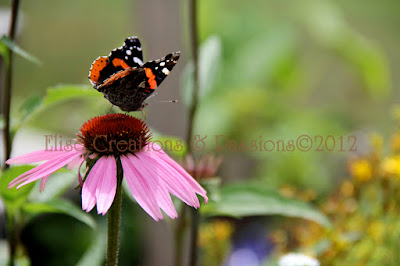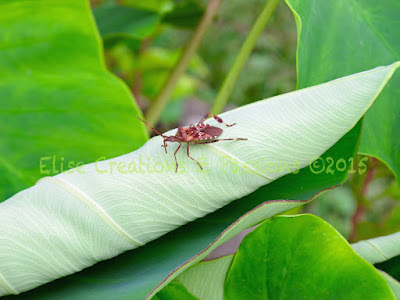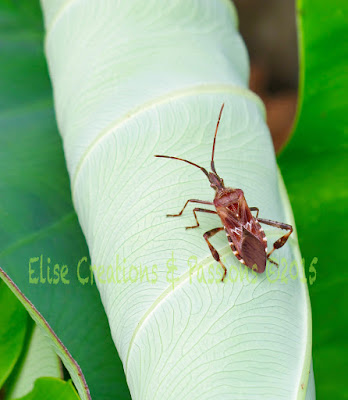Friday, October 3, 2025
Stone Walls Of Vermont
Gotta Love a great Hobbit Hole,
especially with the rabbit door handle and the Heart Rock next to the door.
Stone Walls in Westford
Round Barn
Friday, September 19, 2025
Dahlia Delight
MY PHOTOGRAPHS ARE AVAILABLE FOR PURCHASE
THANKS FOR YOUR VISITS, FAVS AND COMMENTS. AS ALWAYS, APPRECIATED VERY MUCH!
© ALL RIGHTS RESERVED BY ELISE T. MARKS. PLEASE DO NOT USE THIS IMAGE ON WEBSITES, BLOGS OR ANY OTHER MEDIA WITHOUT MY EXPLICIT WRITTEN PERMISSION.
Sunday, September 14, 2025
Cone Flowers
reaching for the sky!
also known as Echinacea. Echinacea's name is rooted in the Greek word “echinos,” meaning "hedgehog," because of its spiny seed head. Technically speaking, this thick and spiky cone is actually hundreds of flowers, all tightly packed together. The entire plant can be used for its immune boosting properties. The purple ray flowers attach to a round, high and spiky cone – hence the common name “purple coneflower.” Technically speaking, this thick and spiky cone is actually hundreds of more flowers, all tightly packed together.
Bumblebee On Echinacea
Bumblebee On Echinacea
Black Swallowtail Butterfly On Echinacea
Monarch Butterfly On Echinacea
Monarch Butterfly On Echinacea
Monarch Butterfly On Echinacea
Monarch Butterfly On Echinacea
Monarch Butterfly On Echinacea
Red Admiral Butterfly On Echinacea
Red Admiral Butterfly On Echinacea
Red Admiral Butterfly On Echinacea
THANKS FOR YOUR VISITS, FAVS AND COMMENTS. AS ALWAYS, APPRECIATED VERY MUCH!© ALL RIGHTS RESERVED BY ELISE T. MARKS. PLEASE DO NOT USE THIS IMAGE ON WEBSITES, BLOGS OR ANY OTHER MEDIA WITHOUT MY EXPLICIT WRITTEN PERMISSION.MY PHOTOGRAPHS ARE AVAILABLE FOR PURCHASE
MY PHOTOGRAPHS ARE AVAILABLE FOR PURCHASE
Disclaimer
My blog is meant to inform and I strive to be totally accurate. It is solely up to the reader to ensure proper plant identification. Some wild plants are poisonous or can have serious adverse health effects.
Friday, September 5, 2025
Barns Of Vermont 2025
Sunday, August 31, 2025
Interesting Insects
In my garden.
Blue Black Wasp
Western Conifer Seed Bug
The Western Conifer Seed Bug feeds on the sap of developing conifer cones throughout its life, and its sap-sucking causes the developing seeds to wither and misdevelop. It is therefore considered a minor tree pest in North America.
Grapevine Beetle
The green tiger beetle is a large beetle with a metallic-green body, long blue-green spindly legs, and long, serrated antennae, and large mandibles. This common green ground beetle is also called the six-spotted green tiger beetle due to the recognizable cream-colored spots on its elytra.
The sizable, fast-moving shiny green tiger beetle grows up to 0.55” (14 mm). It is typically found in deciduous forests, feeding on small arthropods like caterpillars, spiders, and ants. The green tiger beetle is one of the fastest ground beetles and will fly if necessary.
Ladybug On A Wet Canna Leaf
Ladybugs also known as Ladybird beetles, Lady beetles, Ladybirds, or Lady cows, can have as many as 16 spots, but some ladybugs have no spots at all. One of the most common ladybugs is the seven-spotted lady beetle. It has seven black spots on its back.
While most ladybugs are good, there is one nonnative species that people don’t like. The Asian lady beetle was introduced in California in 1916. Today it’s more common in the East.
A ladybug can eat up to 50 aphids a day. They also eat Mites, Whiteflies, Scale insects, Mealybugs, & Thrips. This makes them valuable allies for farmers and gardeners. Their presence in an ecosystem is a sign of a healthy and diverse environment. Ladybugs not only provide natural pest control benefits to humans, but also serve as a vital food source for other insects, birds, and small mammals. By maintaining a delicate balance in the ecosystem, ladybugs promote stability and overall well-being.
Females will lay up to 1,000 eggs within a few months, generally from spring to early summer.
Ladybugs usually protect themselves from predators by either playing dead or they secrete a fluid from their legs to make themselves taste bad.
You can find out about 6,000 different species of ladybugs around the world. There are about 500 species in the United States alone.
It is a myth about ladybugs is that you can tell their age by their number of spots.
The Most Interesting Caterpillar I've seen is the Io moth (pronounced as EYE-oh), Also known as the peacock moth. The name Io comes from Greek mythology in which Io was a mortal lover of Zeus. Once hatched, these caterpillars begin feeding voraciously on the leaves of their host plants. They consume a wide range of vegetation, including oak, holly, boxelder, elm, maple, aspen, alder, hickory, willow, locust, cherry, pear, sassafras, and sweetgum trees, as well as others. These caterpillars go through several instars, shedding their skin as they grow, becoming more robust and colorful as they progress through these stages. It has venomous spines that provide protection against potential predators. Do not handle Io Moth caterpillars, as its poisonous spines causes skin irritation and a lot of pain.































































